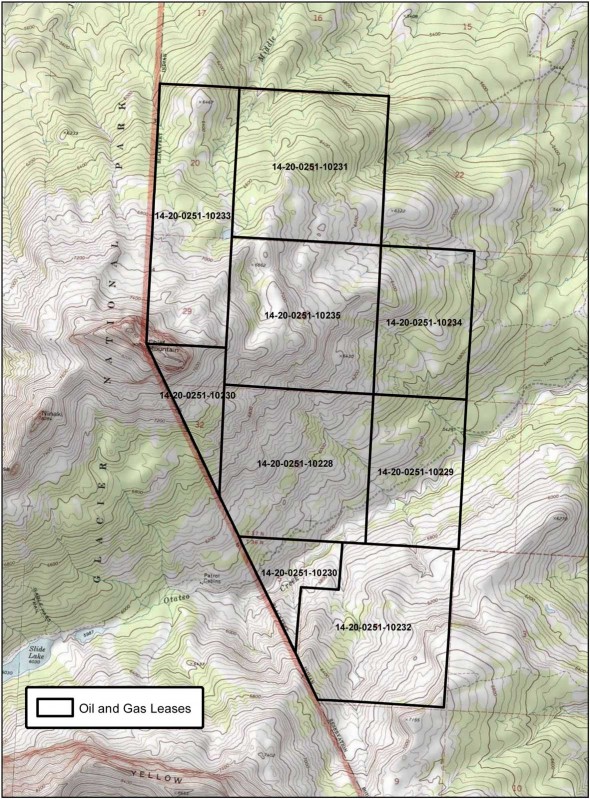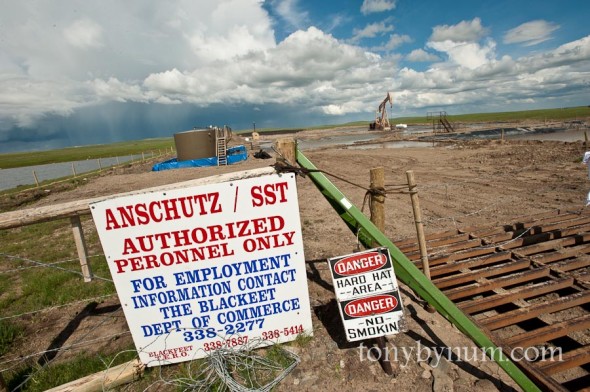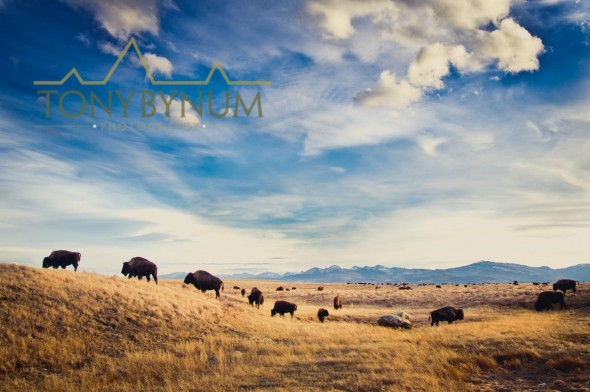Glacier National Park Storm Cell
Glacier National Park Storm Cell, August 29, 2016 Blackfeet Indian Reservation, Montana
Photographs of a Glacier National Park storm cell. There's not much to say, that the pictures don't already describe, other than to add, it was cool to watch this storm develop and move across the front of Glacier National Park. I just wanted to share these photographs of the storm cell in Glacier National Park, Montana - It's a simple post with not much more that a few pretty pictures and some description of the equipment and a short explanation of my camera settings. These images of the storm cell over Glacier National Park, were taken from the Blackfeet Indian Reservation.
The first photos is of the storm cell developing and letting go of it's moisture. The following images are the cell developing, beginning to collapse and then moving though the area dropping heavy rain and creating high winds. I'd say the winds locally were 50 miles per hour as the storm moved though. I eventually had to quit shooting because the wind and rain became unbearable. What's interesting about these photographs of the Glacier National Park storm cell, is how uncommon and rare it is to see this kind of cell develop, almost out of know where, over the mountains, and this late in the season. We see them more often on the prairie.
All of the Glacier National Park storm cell photographs were taken with a Nikon D810, Nikon 17-35 f2.8 lens (Because I left my 14-24 in another Pelican case back home), mounted atop a Really Right Stuff tripod / ball head combination with a bag of rocks hanging from the center support. The shooting data indicates that I was all over the place with my settings and for good reason, because I was. I created these images at various ISO's from 31 (yes iso 31, the D810 goes that low) to 400 with shutter speeds ranging from a fraction of a second to up to 10 seconds and apertures from 3.2 to f22. What you cant really see in these Glacier National Park storm cell photographs is the lighting. There was lighting in the clouds, which is why there are lighter spots in the clouds. But what I did not capture were any of the lighting bolts. . . Unfortunately, my lighting trigger failed to pick up on the strikes (on the bright side, I got home and fiddled with it and got it working again, so now I'm ready for the next storm - which means the lightning storms are over for the year. . . Ha, Ha, Ha.
Happy Shooting! Tony Bynum
Breaking my own photography rules pays off with this Montana photograph
I arrived at the lake. Calm morning, no wind, perfect reflection, great light, nice color, no people, just what makes my office so desirable! But wait. The clouds. The clouds were covering the peak of Sinopah Mountain. Oh shit, now what? I was ready to pack it in and go home. I'm one for breaking photography rules. I do it all the time just to keep my senses about me, and to evaluate whether my own rules still apply. Most of the time, I've set my own rules because I need to be efficient, focused, and I can not afford to waist time shooting photographs that I know I can not sell. My rule, "you can't sell a photograph of a mountain with no peak." In this case, that rule that I've learned over and over again, just went out the door - sort of.
This Montana photograph of Sinopah Mountain, in the Two Medicine Valley of Glacier National Park captured in 2012 show's me how wrong my rule was and supports my belief in breaking my own rules from time to time. Up until this photograph appeared on the fall 2014 cover of, "Montana Quarterly" magazine (you should subscribe to this magazine if you have any interest in Montana), I had always said to myself, and the people who hire me to teach them outdoor and landscape photography, "you MUST have the peak of the mountain in the photograph."
Well, as it turned out, Scott McMillion, the owner and editor of Montana Quarterly Magazine thought the image worked well enough to put it on the cover of his magazine - thank you Scott McMillion! I have photographed mountains for many years. All sorts of mountains in just about every lighting situation you can imagine. I've photographed mountains all across the country and over the years I've learned - or so I thought - that I'll never sell a photograph of a mountain with no peak.
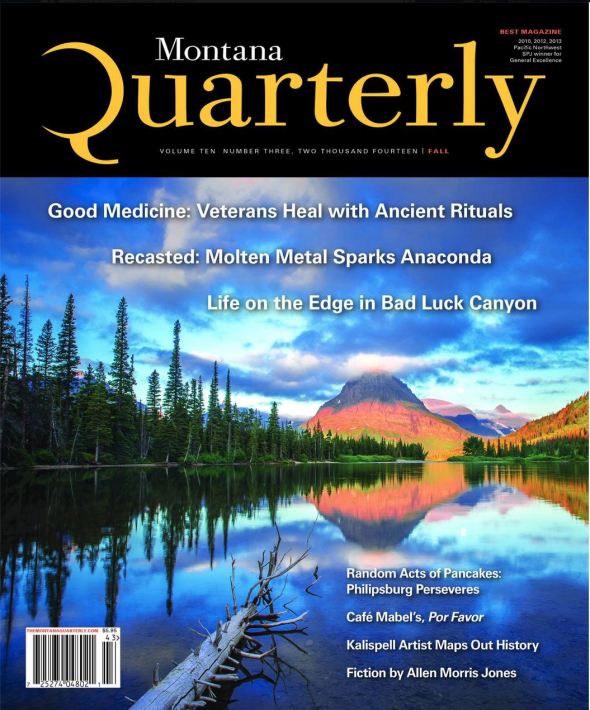
Mountain peaks are really what distinguish one particular mountain over another. I've waited for hours for clouds to clear from peaks before photographing them, even when the light was good it just seemed to me, that a mountain without a peak is like a human without a head. If you look closely at mountains, you'll find that they are almost like snow flakes, no two of them are exactly the same. So, it was my thought that in order to present a mountain, the peak, the most distinguishing feature of a mountain must be in the image, even if most of the rest of it is not. Moreover, I've look at thousands of my own mountain photographs, and felt that in almost every case where the peak was absent, the photograph did not work. I still feel that way - sort of.
This photograph of Sinopah Mountain reflecting in Pray Lake, in Glacier National Park, is a perfect example of how a photograph of a mountain, without a peak can work. Do you know why it works?
What are your thoughts? Do you have examples of photographs of mountains where you've either cropped the peak, or it was there but not visible? Or maybe you've seen other photographs of mountains with no peak that you think work? What do you think? Does this photograph of Sinopah Mountain, in Glacier National Park work? Scott thought so, and I agree with him.
Tony Bynum
Montana Based Photographer
Winter on the Edge - Glacier National Park - East Glacier Park, Montana
Winter on the eastern edge of Glacier National Park, in the small town of East Glacier Park, Montana, is known mainly to the few people that make this place their home, and a few travelers. Life in East Glacier Park is nothing like life in the more well known and often cited West Glacier (the headquarters of Glacier National Park). The wind blows more, it's colder, winter lasts about two months longer, and there's always more snow! That's a good thing if you like snow.
Recent study's indicate that about two million people visit Glacier National Park, Montana each year. People from all over the world travel to Montana and Glacier National Park for vacations and many of them travel though East Glacier Park, Montana. When people come to Montana it changes them.
I hear stories all the time about people affected by their time spent in Glacier National Park and in East Glacier Park specifically. I talked to one person last year who was working as temporary employee for the National Park Service who said they love the place so much they decided to stay for the winter. I replied with a question, "Where are you from?" Most are not use to long, hard winters in deep snow and often don't last long in East Glacier Park, particularity after spending one winter here.
The long winters are brutal on people who prefer warmer temperatures! There's often snow in yards starting in September and finally melting in late May and sometimes into early June. I hope that some of you will recognize a few of the locations shown in the photographs and in the slideshow.
I’ve been thinking about this blog post for a long time. I’ve always wanted to share the sights of winter in East Glacier Park. I finally got it together and made it happen.
This post really is for those that love East Glacier Park, and Glacier National Park, but who only ever see it when it’s green and warm! Please enjoy the photographs and the slideshow with images of snow and ice in East Glacier Park, Montana. Please share a link to this post with anyone you think would be thrilled to see East Glacier Park in the winter, or those who you think don’t really know what snow looks like!
Have you ever been to Glacier National Park in the winter?
Stay warm out there! Tony Bynum
Simple tips to improve your outdoor photography - take more outdoor photographs - 5 tips
The secret to good outdoor photographs starts by taking more of them! Consistently good outdoor photographs are the results of practice, hard work, and a commitment to a goal. Make this years goal be, take more outdoor photographs!
Outdoor photography to most means nature photography. Wildlife, landscapes, etc. But, outdoor photography can be any photograph taken outside or even taken from inside of an outside environment!
Here are five simple tips that will help you improve your outdoor photography. They ONLY work if get out and take more pictures!
1. Keep your horizons level. Outdoor photographs of natural places look horrible with slanted horizons. . .
2. Eliminate distracting elements. Watching the edges of the frame. Don’t let that one blade of grass or stray branch ruin an otherwise great photo. You may have to find a new position, adjust your focal distance, or remove the item from the scene. Be judicious about moving things. I support some modest changes but I won't move a tree . . .
3. Use shadows. Outdoor photographs should have some shadows. Find sidelight to help improve shadows and give depth to your outdoor photographs.
4. Use a human. Put a person in your outdoor photographs to give scale and depth.
5. Combine Elements. Use two or more strong elements to help tell a story.
Bonus tip: Don’t drink out of aluminum water bottles when it’s 20 below! Just Say’n.
Good Luck out there,
Tony Bynum
Chief Mountain Leased for Oil Development
UPDATE: Chief Mountain Leased for Oil Drilling It's official, according to Bureau of Indian Affairs (BIA) records, the sacred Chief Mountain on the Blackfeet Indian Reservation, has been leased for oil and gas drilling. Back in May of 2013 the BIA approved leases to all of the Blackfeet controlled lands on the reservation, around Chief Mountain. I cant say whether the area will be drilled, but it is now under a 5 year lease.

This map shows the new leases around Chief Mountain. The area to the west is Glacier National Park.
This oil drilling map will show you the entire reservation area. Chief Mountain is in the upper left of the Blackfeet reservation area. This is a short video I made a few years ago, of the Chief Mountain area now leased for oil drilling.
Sincerely,
Tony Bynum
Nature Photographs - 10 musts for consistently good Nature Photographs
If you want to consistently capture great nature photographs, the following rules apply. . .
- Great Nature Photographs come from getting up early and/or staying late - not even Photoshop can make this rule go away.
- You must use good technique and quality lenses.
- Great Nature Photographs mean you can't be afraid of or dislike bugs.
- You must be willing to travel, and sometimes all night.
- You must be able to adjust to changing environmental conditions.
- Great Nature Photographs require that you sleep less.
- You must sometimes come home with an experience, a sore body and tired legs.
- You must be able to be disappointed - a lot!
- You must do some things that no one else will.
- Most of all, great nature photographs come when you are in the moment and having fun!

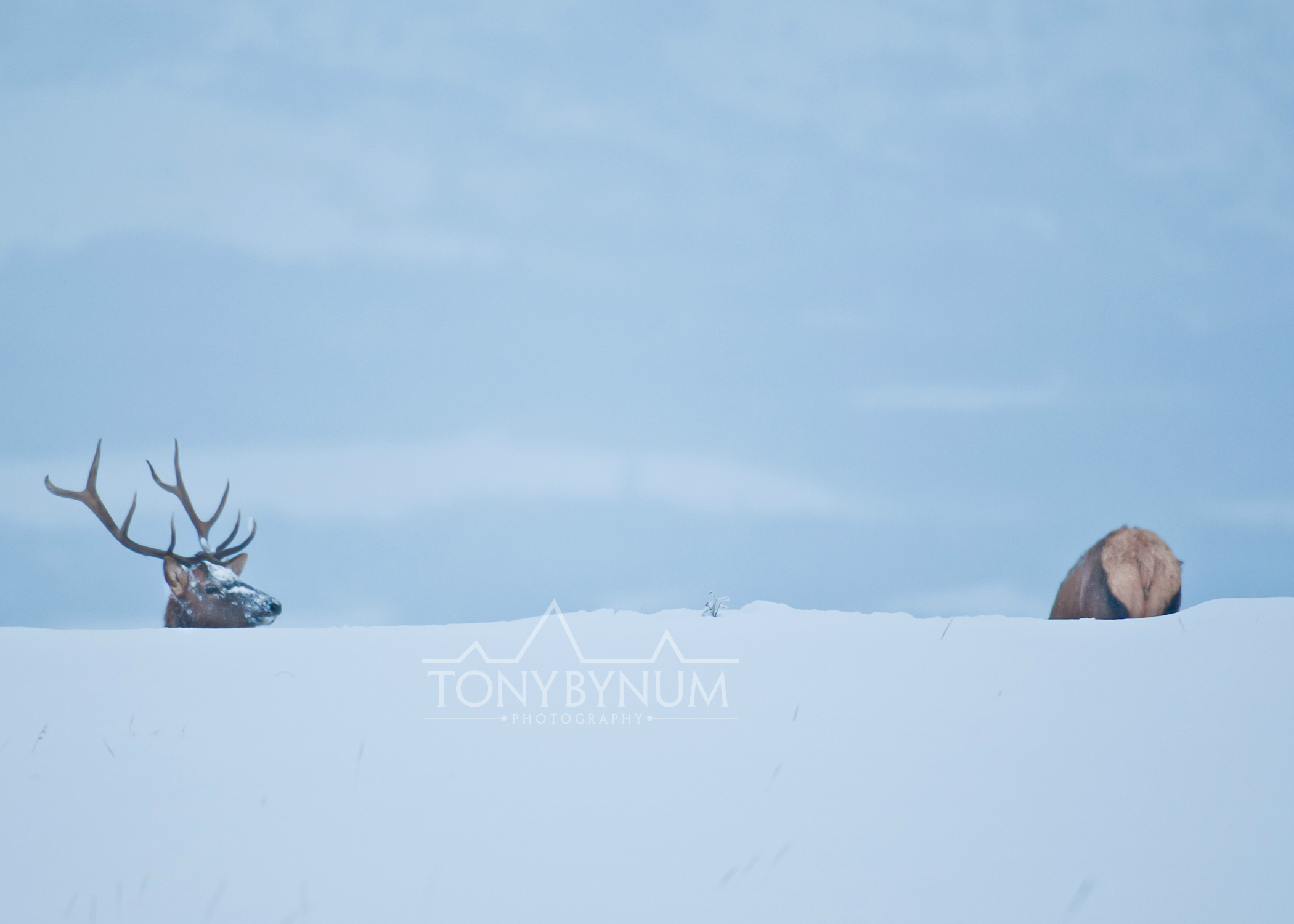

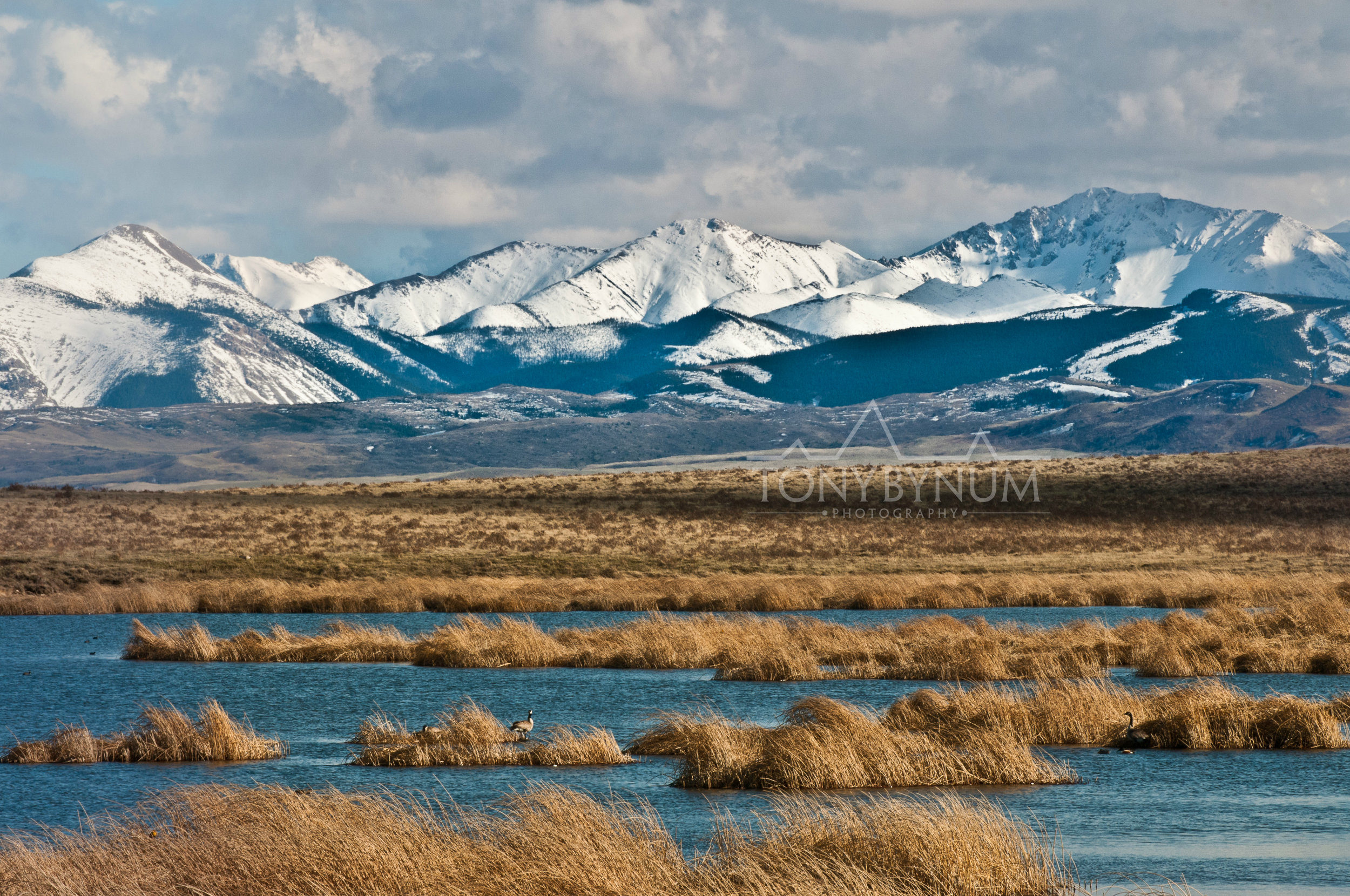
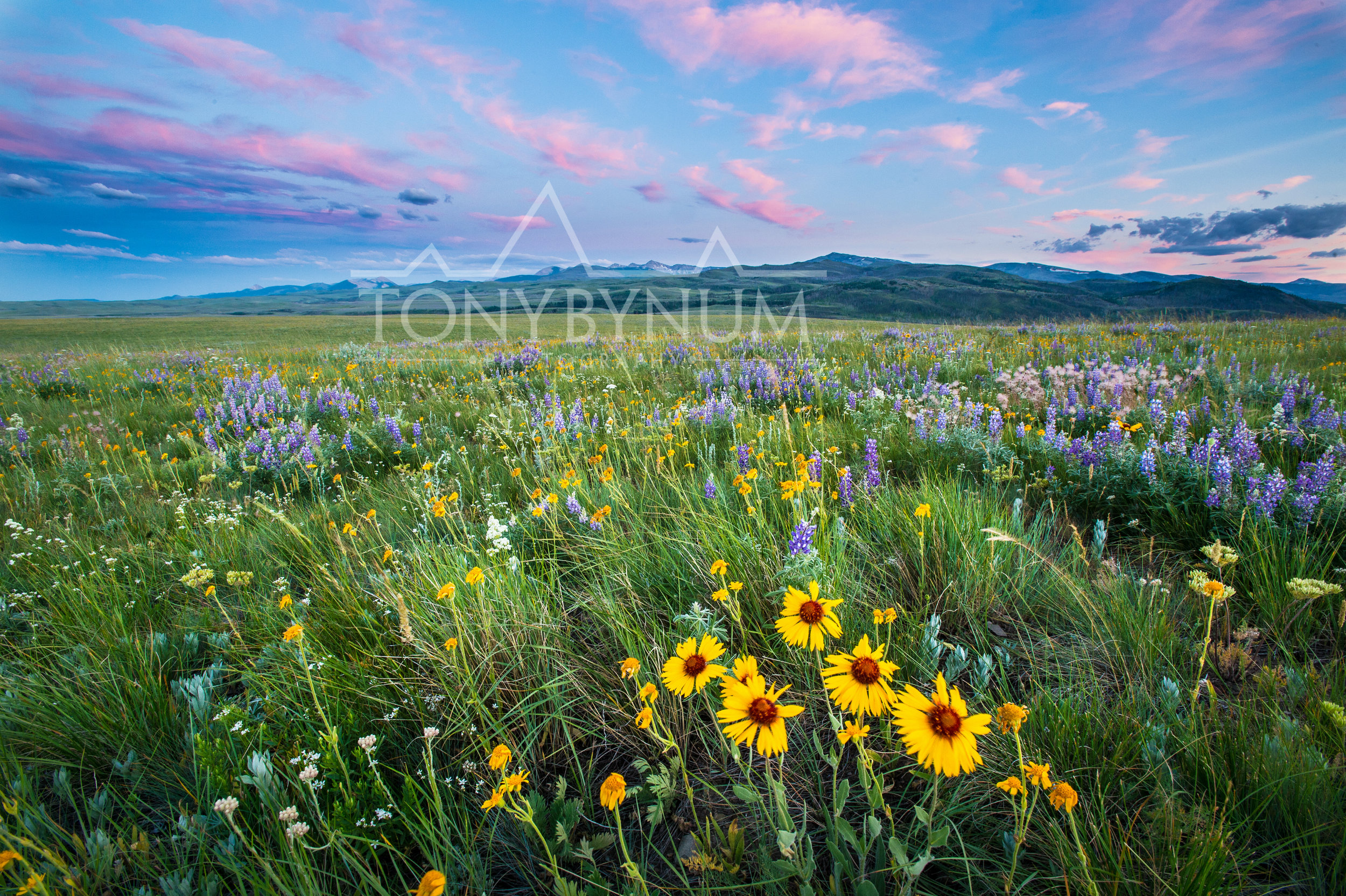
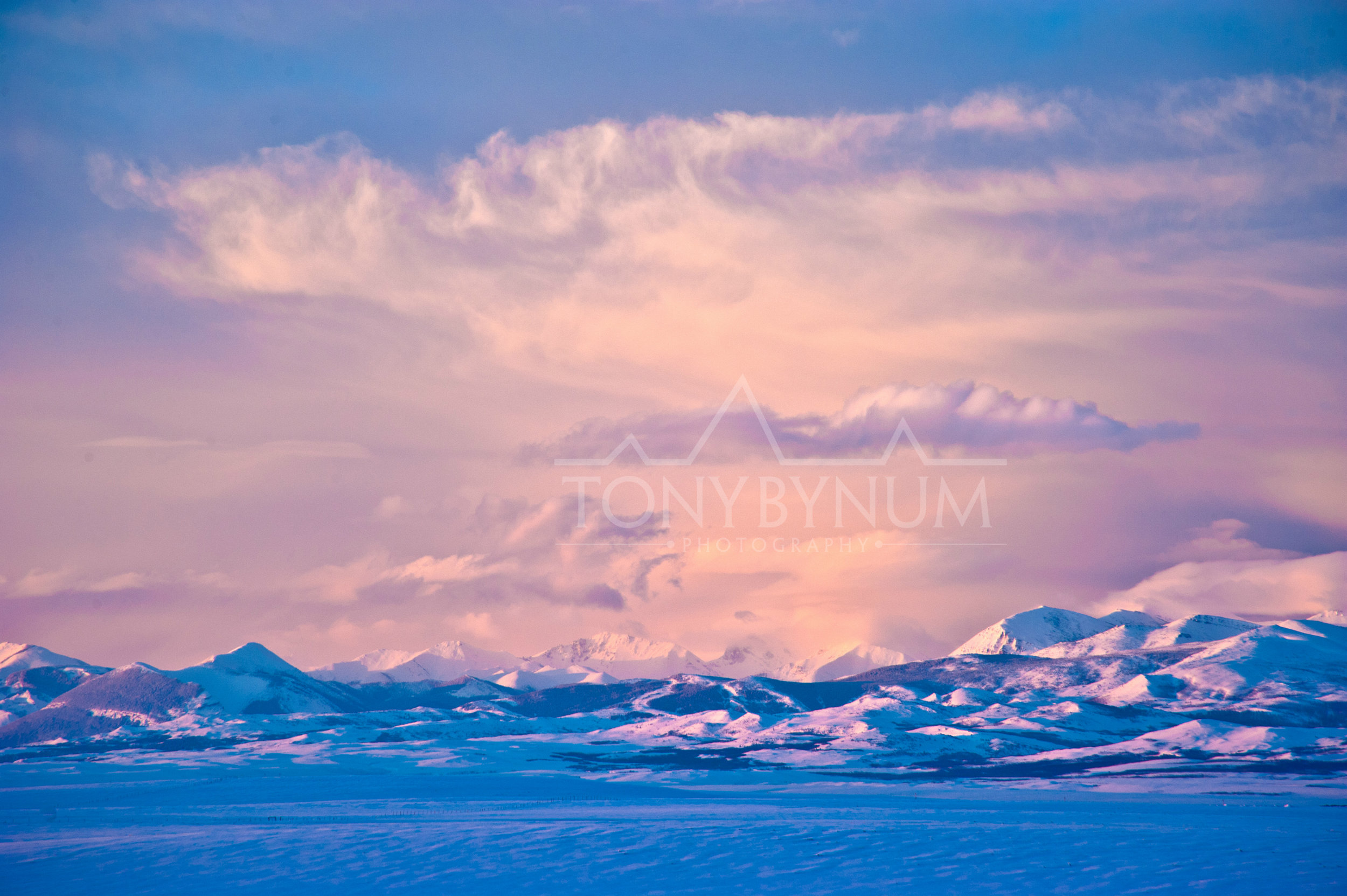
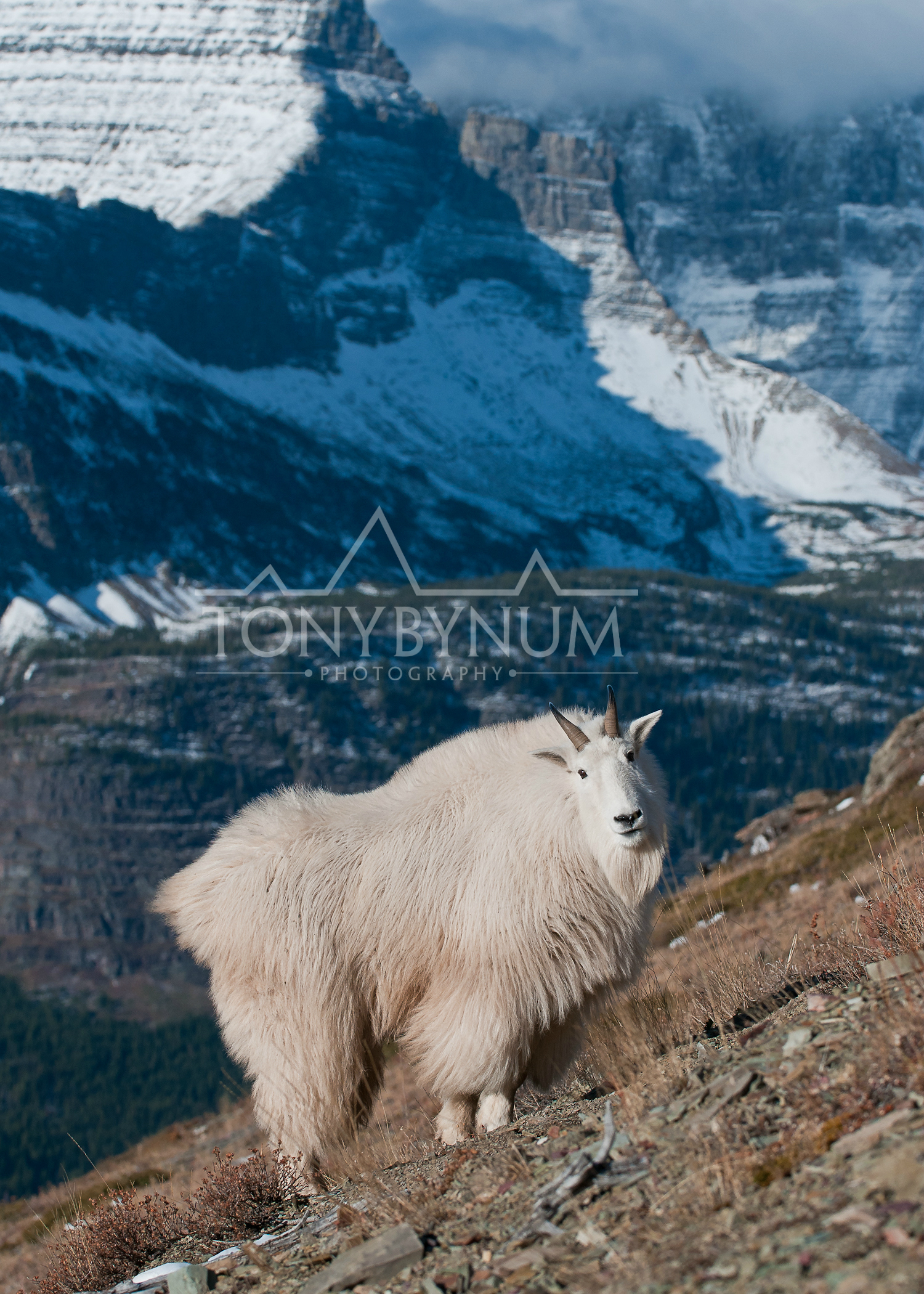
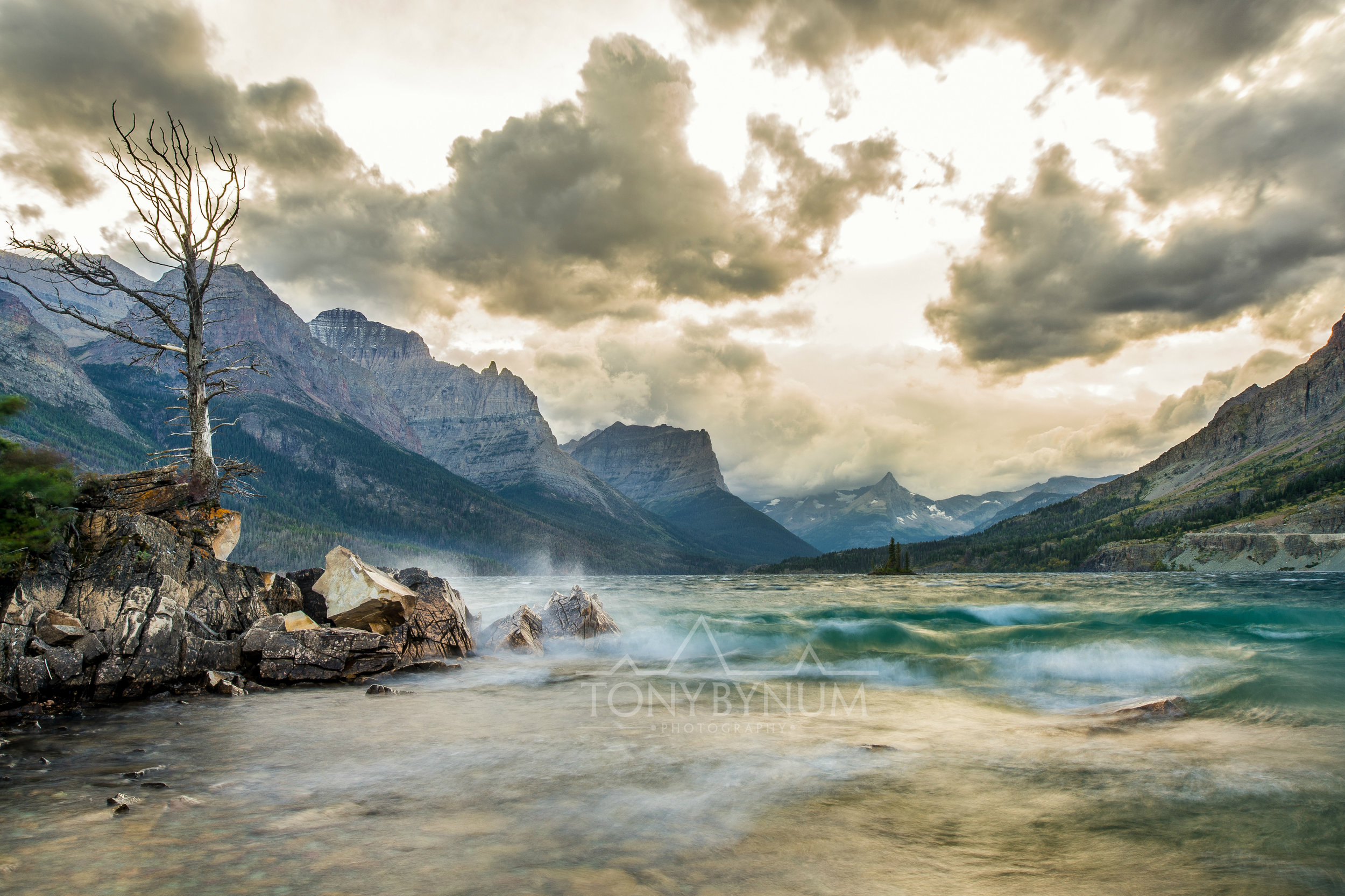

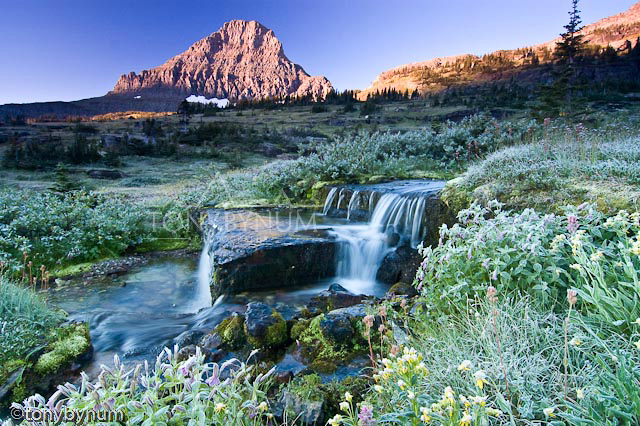
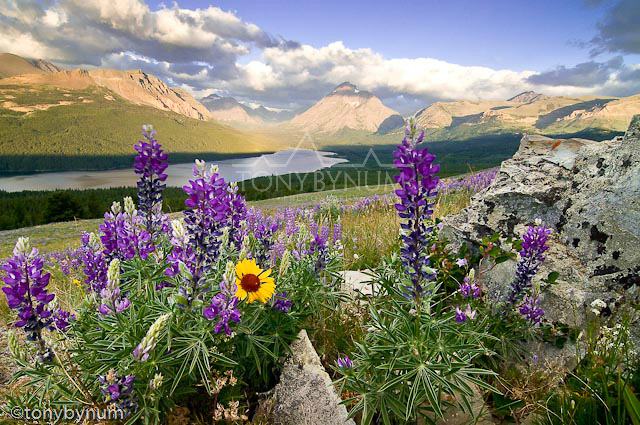


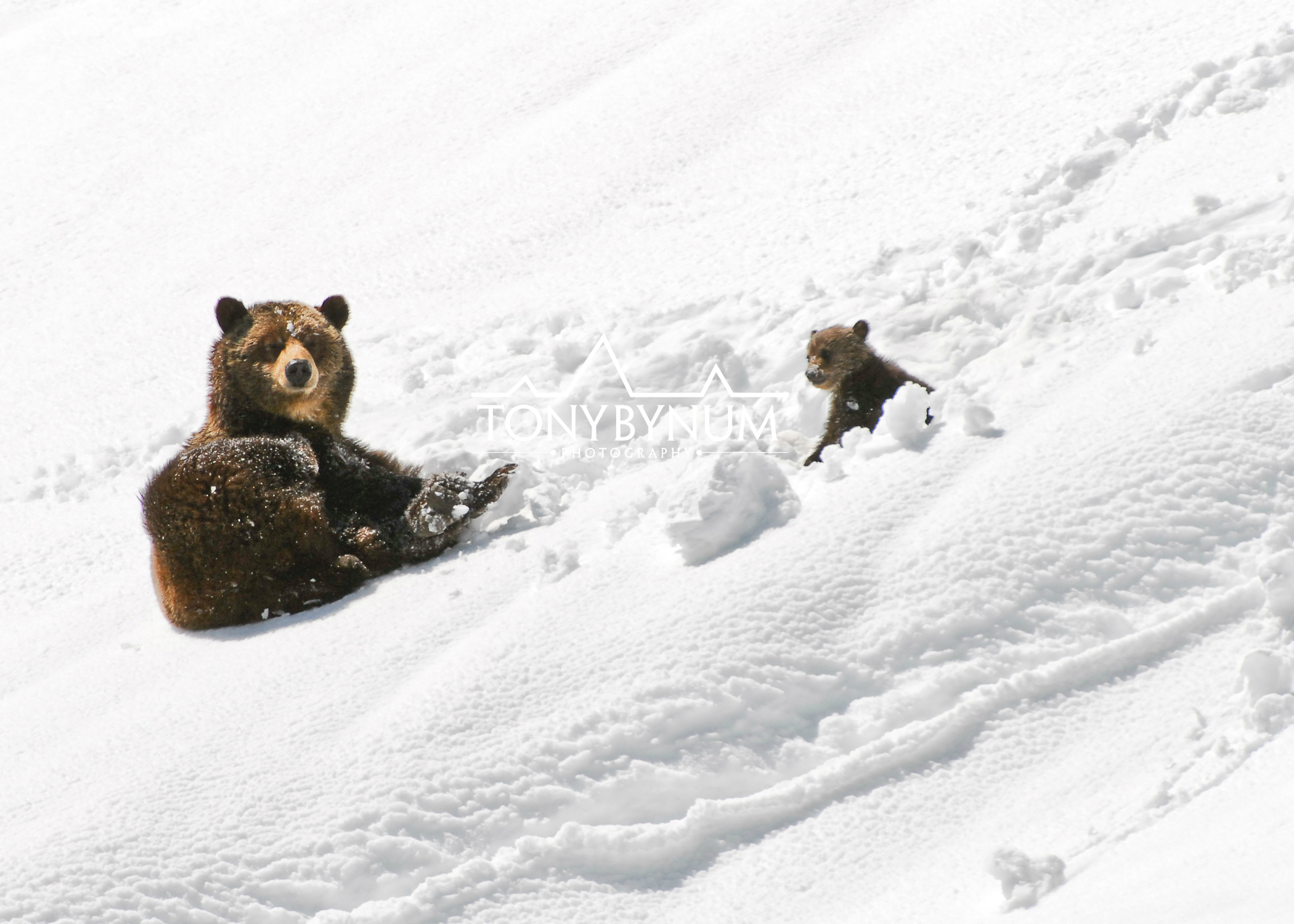
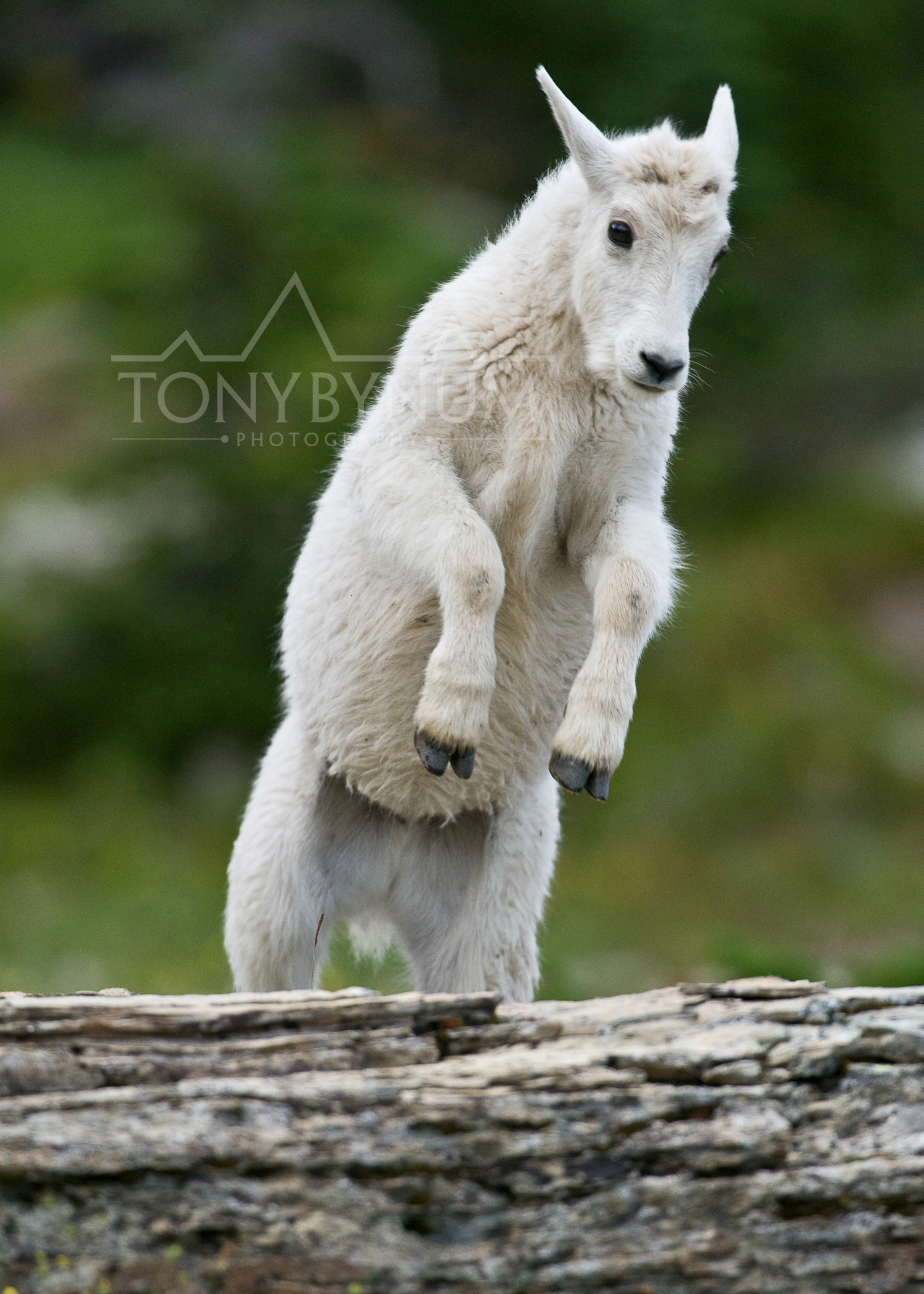
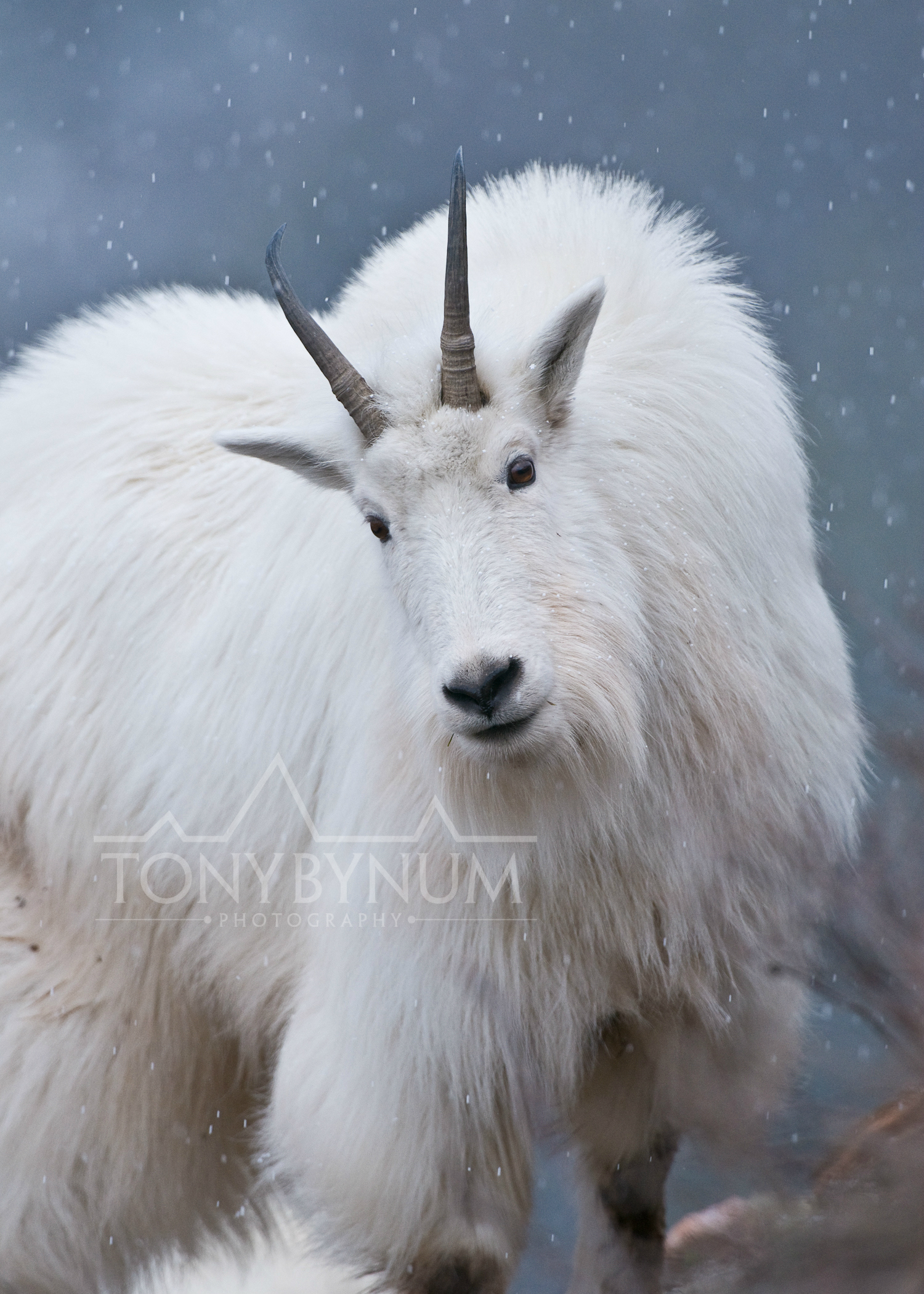
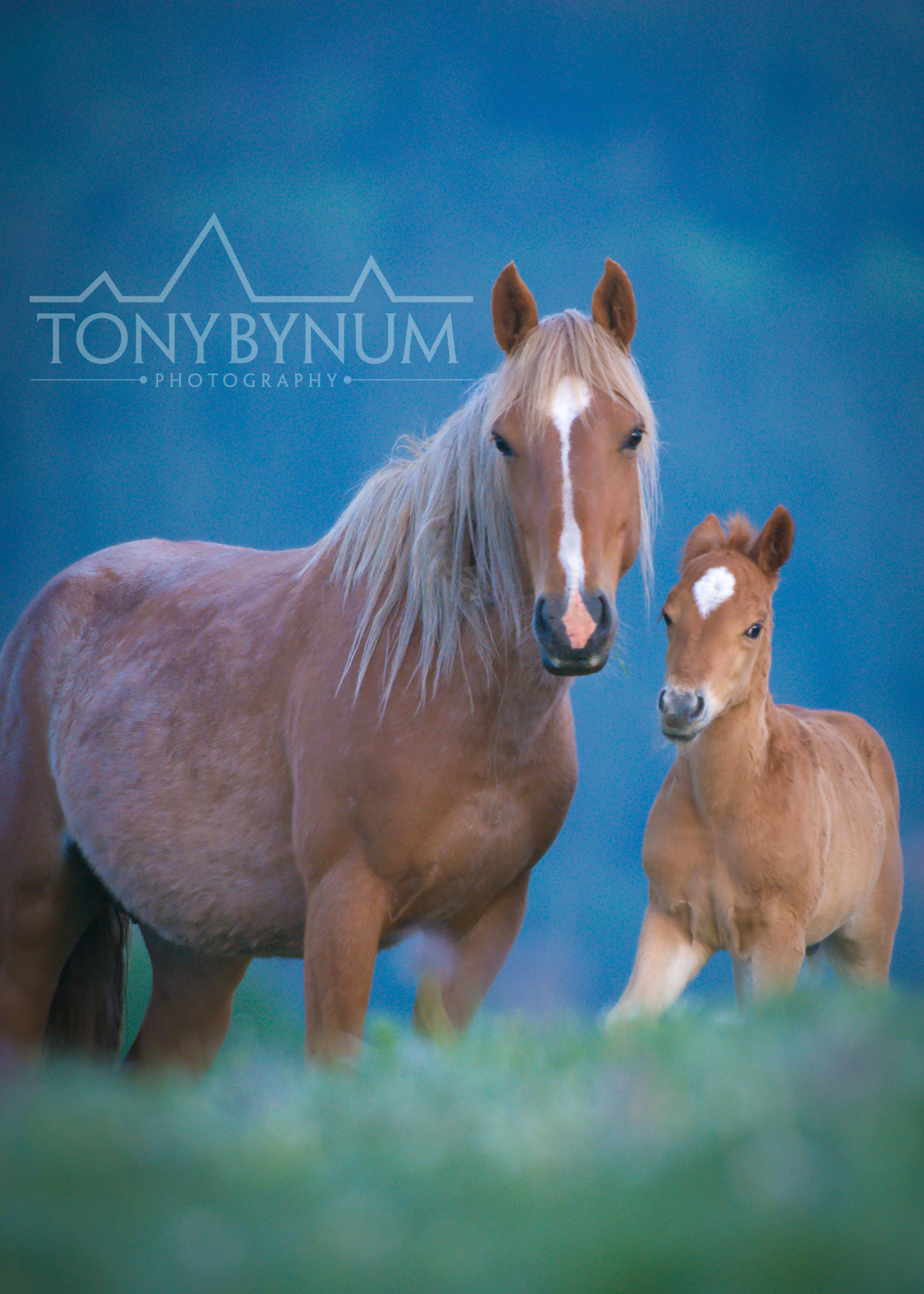

Do you have any "must's" to add for great nature photographs?
Sincerely, Tony Bynum
Anschutze Leaves Blackfeet Country - but who's going to clean up the mess?
In the wake of what some are calling great news, there's a new legacy on the Blackfeet Indian Reservation - post fracking, but what should be expected? As Anschutz Oil announced it's leaving the Blackfeet Reservation after drilling 14 exploratory wells, (related story from the Denver Post) there are many questions unanswered, and an uncertain future on the Reservation. Just because they "pulled out," does not mean it's time to quit thinking about oil exploration and the legacy now left in the hands of the Blackfeet people. The truth is, there are impacts and there will continue to be impacts long into the future from fracking and drilling.
In fairness to the Blackfeet Tribe and Anschutz Oil, we have not seen any plans to restore any of the sights. To our knowledge, the tribal public is not sure what to expect in the way of clean up, restoration or monitoring. The Tribe and BIA have not been forthcoming with it's plans for clean up and restoration.
There still are many questions. Who will monitor the wells? What is going to happen to the producing wells? Will there me more fracking of existing wells? Will another oil company come in and do more exploration? Who's watching over Anschutz or whomever buys and operates the what they left behind? There is a legacy and a cost to oil exploration, the question is who's going to pay and what does the future hold?
Maybe the newly formed Blackfeet Headwaters Alliance can shed some light on this? Here's their facebook page: Blackfeet Headwaters Alliance
Only the Blackfeet Tribe has the answers.
Tony Bynum
Fall Photography - my last photograph
Fall is always a crazy time of year for outdoor photographers who focus on nature, wildlife and commercial outdoor photography. The subjects change from one day to the next and sometimes from one hour to the next. The perfect scenario is when the light, weather, and subject(s) all come together in the same image. That's more of a challenge than one might think. Now throw in video, like this short video clip of raging bull elk that came right into my lap, and the demands for motion in today's fast paces word, and things get complicated quickly! As I pack my gear for another trip I'm reminded of why I love this place and this profession so much. Change - it's about change and the real, raw truth that surrounds us every day. North America is full of opportunity. It's all out there, you just have to get after it!
This was my last fall photograph. Today it's snowing, time to go hunting and then break out the skis! Bye, Bye fall, hello winter!
I just beta tested a great new portfolio app and would like to know what you guys think. It's downloadable as an app if you have a mobile devise. Here, you can view a small portfolio of Tony Bynum Photographs. If you are interested in creating your own portfolio, use this link.
Sincerely,
Tony Bynum
Remember, always be real, relevant and right!













